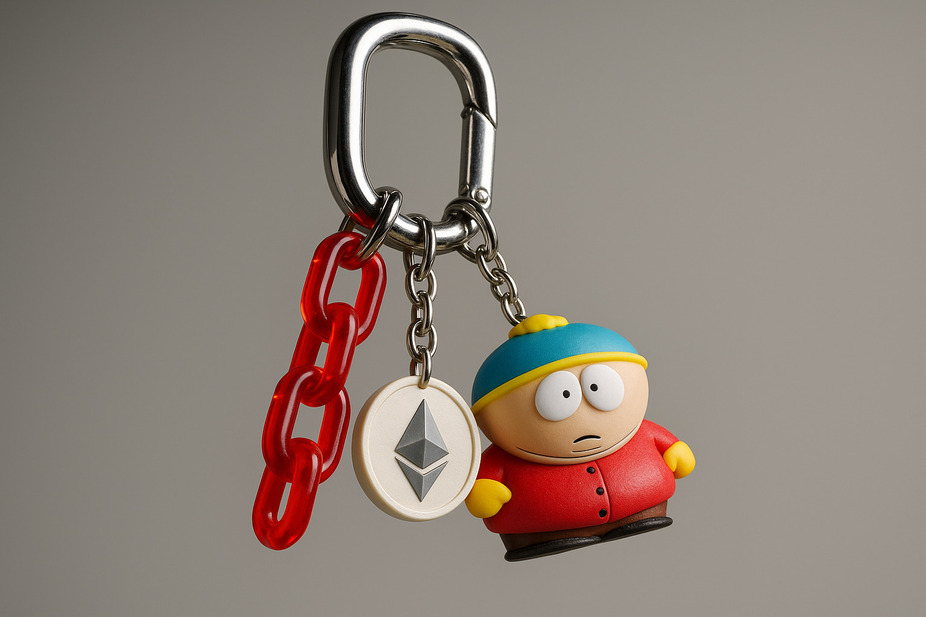Litecoin
Download Ironwallet app and get tool for making transaction without network fee
About Litecoin
Litecoin (LTC) is a prominent cryptocurrency that has carved out a niche for itself since its creation in 2011. Litecoin was developed by former Google engineer Charlie Lee as a faster, more affordable version of Bitcoin to be used for everyday transactions. Dubbed the “silver to Bitcoin’s gold” by its creator, Litecoin was designed to complement rather than directly compete with Bitcoin. Over the past decade, Litecoin has established itself firmly as one of the top 10 cryptocurrencies by market capitalization. Its combination of faster speeds, lower fees, and wider merchant acceptance has made it one of the leading digital payment methods globally.
History of Litecoin Creation
Litecoin was launched in late 2011 by Charlie Lee, a former Google employee who became fascinated with cryptocurrencies after discovering Bitcoin in its early years. Lee recognized that while groundbreaking, Bitcoin had limitations when it came to speed and scalability, especially for smaller purchases. He aimed to create the “silver” to Bitcoin’s “gold” – a lighter crypto that could work better for everyday spending needs. Lee released the source code for Litecoin on GitHub and officially launched it on October 13, 2011.
After some initial activity, Litecoin gained more mainstream notoriety in late 2013 as crypto prices started rapidly rising. Since then, it has remained firmly entrenched as one of the blue-chip cryptocurrencies that both investors and adopters continue to utilize.
Advantages of Litecoin over Bitcoin
Faster Transaction SpeedsLitecoin’s most key advantage over Bitcoin is speed. Whereas Bitcoin produces a new block about every 10 minutes, Litecoin’s Scrypt mining algorithm allows it to produce blocks four times as fast, every 2.5 minutes. This enables faster transaction confirmations. Similarly, Litecoin can handle higher transaction volumes than the Bitcoin network, which has suffered from periods of severe network congestion at peak usage levels.
Lower FeesBecause Litecoin has historically had more available space for transactions than saturated blockchains like Bitcoin, its network fees have tend to run significantly lower. This makes small purchases and micropayments more feasible on Litecoin. Whereas a cup of coffee or other negligible purchase might incur too high a fee for Bitcoin, it transfers seamlessly using Litecoin.
Different Mining Algorithm (Scrypt)While Bitcoin relies on computationally-intensive SHA-256 encryption for mining, Litecoin utilizes a newer algorithm known as Scrypt. It was chosen by Lee specifically because it helps resist the use of specialized mining hardware like ASICs, instead allowing CPU and GPU mining which opens the process up to more participants.
Application of Litecoin
Acceptance by MerchantsThanks to its longevity, reliability, and lower fees, Litecoin has become one of the most widely-accepted cryptocurrencies by online and retail merchants. It is offered as a payment method by a variety of ecommerce platforms, and brick-and-mortar stores like restaurants or coffee shops often accept Litecoin. Travel sites CheapAir.com and BTCTrip even take Litecoin payments for flights and hotels. The nonprofit Litecoin Foundation also works to drive adoption through educational initiatives.
Use in Payments and RemittancesLitecoin’s fast speeds and tiny fees make it convenient for transferring funds across borders. Litecoin transactions can settle in a few minutes for less than a dollar, compared to days or high fees that come with international money wires. Cryptocurrency remittance firms use Litecoin to facilitate transfers for clients who need to send home money to family members. Studies suggest these remittances can dramatically help developing nations’ GDP growth.
Litecoin Technology and Roadmap
Recent and Upcoming Network UpgradesIn 2017, Litecoin activated Segregated Witness (SegWit) on its blockchain, a critical upgrade that fixed transaction malleability and paved the way for secondary-layer scaling solutions like Lightning Network. Lightning Network’s “channels” have recently become functional, allowing users to open payment channels between each other. Sent funds are pushed back and forth instantly and cheaply, with only final balances broadcast to the underlying blockchain when channels are closed. This essentially creates a “second layer” payment rail for Litecoin with blazing speed and negligible fees.
Development of New FeaturesLitecoin is led by a small but active development team that has continued rolling out technological improvements. Efforts are currently focused on improving applications like Lightning and making tools that are useful for exchanges, merchants, and nodes operators to easily implement Litecoin. Some developers are also experimenting with adding privacy and fungibility features to Litecoin to make transactions more anonymous. However, fungibility changes would likely happen alongside Bitcoin rather than as a standalone Litecoin change.
Buying and storing Litecoin
Acquiring LitecoinThere are several options for purchasing Litecoin. The most common method is to buy from a cryptocurrency exchange such as Coinbase, Kraken, or Gemini. These exchanges allow trading fiat currencies like dollars or euros for cryptos like Litecoin. Exchanges require setting up an account and passing identity verification steps.
Another option is using a cryptocurrency ATM to exchange cash for LTC on the spot. Fees are usually higher but provide quick access without identity verification. Direct trading via peer-to-peer platforms is also an option.
Storing LitecoinAs with other cryptocurrencies, storing Litecoin comes with security considerations against theft and hackers. Leaving coins on an exchange long-term carries risks of accounts being compromised. Instead, traders recommend using “cold” wallets disconnected from the internet for secure long-term holding.
Several types of cold wallets exist. Hardware wallets like Trezor or Ledger offer user-friendly physical devices to store crypto assets offline. Paper wallets involve printing out private keys as QR codes on paper stored in secure locations like safe deposit boxes. Mobile non-custodial crypto wallets like IronWallet provide high security by giving you full control over your private keys.
When setting up storage, take care to properly back up wallet recovery phrases or private keys. Losing access to these can mean losing funds forever. As with cash, crypto also lacks consumer protections if lost or stolen. But following best security practices substantially minimizes risks.
The Future of Litecoin
Competition from Newer CryptosLitecoin’s mission of complementing rather than competing with Bitcoin has served it well. However, there are now many “altcoins” using Scrypt mining and offering varying transaction speeds or other features. Newer payment-focused cryptos like Nano and Dash also boast features like instant transactions without needing secondary layers. Litecoin has first-mover advantage on its side but must continue providing utility in an increasingly crowded field.
Continued Complementarity with BitcoinWhile speculative boom and bust cycles have pushed cryptocurrencies in and out of the limelight, Bitcoin has only solidified its position as the gold standard for crypto assets. Litecoin developer Charlie Lee himself envisions BTC and LTC will likely grow more synergistic as Bitcoin’s scalability improves through off-chain solutions. In that way, projects secured by Bitcoin can rely on Litecoin for everyday transactions and more affordable micropayments. The success of the Lightning Network and Atomic Swaps that allow moving funds instantly between the two chains will only push this complementary relationship closer.

























